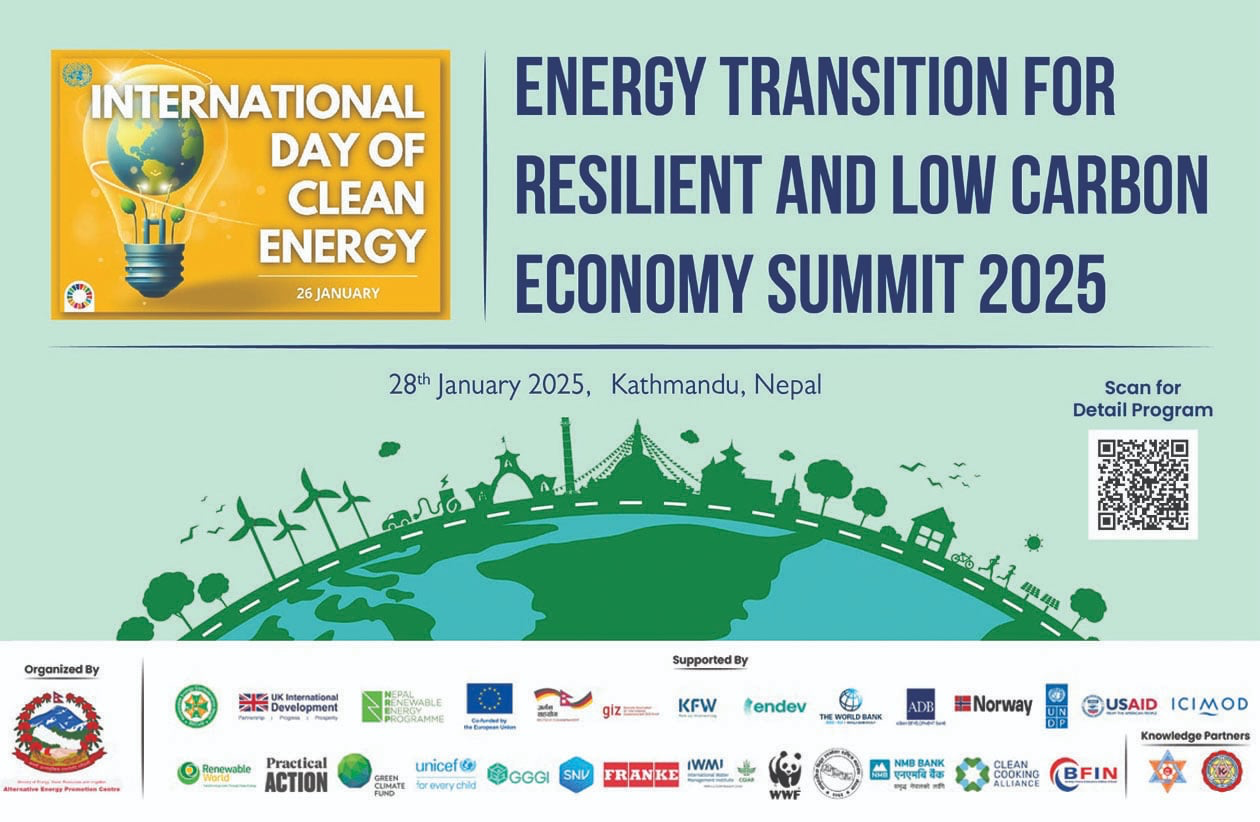Dr. Suman Kr. Karn

Building Climate Resilient Infrastructures - Way To Minimize Disasters Induced Damages And Losses
Climate-resilient infrastructure reduces, but may not fully eliminate, the risk of climate-related disruptions. Climate risks to infrastructure can be reduced by locating assets in areas that are less exposed to climate hazards (e.g. avoiding new construction in floodplains), and by making the assets better able to cope with climate impacts when they materialize. The development of infrastructure should also consider the impacts on risk elsewhere: for example, the potential contribution to flood risk resulting from increases in paved surfaces.
By Dr. Suman Kr. Karn Jun 21, 2023

An Overview Of Early Warning System (EWS) In Nepal- How Inclusive And Resilient To Communities At Risk
Progress in early warning system in Nepal is indeed encouraging, however there are many loose threads that needs to be pulled together for making the system more effective, sustainable and resilient.
By Dr. Suman Kr. Karn Oct 14, 2022
Mainstreaming DRR And CCA Into Development Approaches- Indispensable To Secure SDGs Gains
The 2030 Agenda makes a significant commitment to integrate disaster and climate risk into all levels of development. This shows that development can be affected by risks, but also that development creates its own risks.
By Dr. Suman Kr. Karn Jun 27, 2022
Latest Updates
- Siddhababa Tunnel Road Breakthrough
- 5 days, 1 hour ago
- Price of gold decreases slightly
- 1 week, 3 days ago
- National Earthquake Safety Day Today
- 2 weeks, 1 day ago
- Yoga Day celebrated In Various Parts Of The Country
- 2 weeks, 1 day ago
- Tharu Community Celebrates Maghi
- 2 weeks, 1 day ago
- RPP Chair Ligden Hosted A Reception To Mark 303rd Prithvi Jayanti.
- 2 weeks, 4 days ago
- Swarnalakshmi Cooperative fraud case: Case filed against 39 people including Rabi Lamichhane
- 3 weeks, 3 days ago
- Domestic Flights Affected By Low Visibility
- 3 weeks, 3 days ago
- National Learning and Sharing Workshop on Youth-led GESI Initiatives for COVID-19 Recovery Strategies and Action
- 1 month ago
- Western Nepal Faces Seven Aftershocks In 13 days
- 1 month ago






